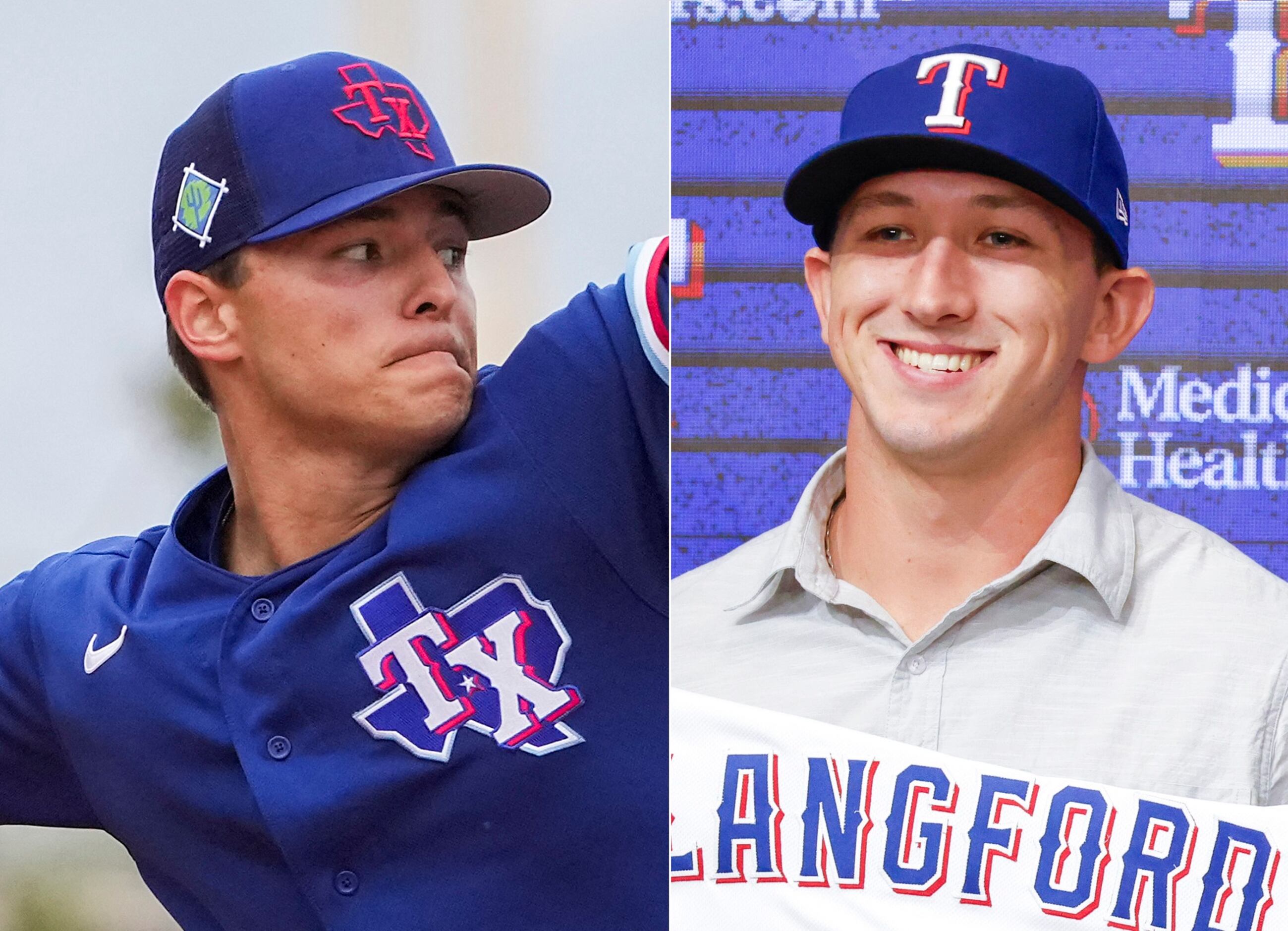Unveiling the Texas Rangers’ Pitching Puzzle: Challenges and Prospects

As we conclude our comprehensive analysis of the Texas Rangers’ roster, it is time to delve into the less settled areas, starting with the team’s pitching staff. General Manager Chris Young firmly believes in the adage that you can never have enough starting pitching. Yet, despite accumulating pitchers during the previous offseason, the Rangers still encountered shortages and had to scramble. With limited financial resources this time around, the team is pinning their hopes on the significant investments made in starting pitching through the draft over the past five years finally paying off.
Examining the current pitching staff, a few notable absences stand out. Departures include left-handed pitchers Jordan Montgomery and Martín Pérez. Moving forward, the Rangers still have work to do. They are banking on injured pitchers Max Scherzer, Tyler Mahle, and Jacob deGrom to provide reinforcements in the latter half of the season. However, their recovery from their respective injuries must take precedence. At present, the team faces a perilously thin pitching department for the first half of the year. Right-hander Bradford, with only five major league starts and a 6.95 ERA, is all but guaranteed the No. 5 spot in the rotation at the season’s start. Veteran José Ureña, signed as a non-roster invitee, is the most likely candidate to provide competition, although he has posted a 5.50 ERA over the past five years. Although the Rangers could potentially re-sign Montgomery, the likelihood is low. Consequently, the team may need to search for bargain options towards the end of the offseason.

Starting pitching is a precarious area prone to complications, as the Rangers experienced last year despite spending $250 million on free-agent pitchers. Injuries and quick burnouts are common among pitchers, making finding viable replacements a challenging task. The fact that the starters had a shorter offseason due to extended play last year adds another layer of uncertainty. Monitoring the workload of pitchers like Nathan Eovaldi, who threw 180 innings between the regular and postseason, will be crucial. Dane Dunning also reached a career-high in innings when considering the postseason. On the flip side, if the Rangers can navigate the first half of the season, they could have a deep pool of pitchers for the stretch run and potentially transition some starters into relief roles.
Looking ahead to the future, the development of starting pitching fell short during the Rangers’ historic World Championship season. Despite substantial investments in pitching through the draft, the team received no starts at the major league level from their top picks in 2023: Cole Winn, Owen White, Jack Leiter, and Kumar Rocker. Rocker, who underwent Tommy John surgery, had a valid excuse, but White’s two major league appearances did not make him a consideration later in the year when pitching injuries mounted. Winn even saw time in relief, while Leiter was shut down and placed in a redevelopment plan. Together, they registered a combined ERA of 5.53 and averaged 5.9 walks per nine innings, which was disappointing.

Adding to the challenge, the Rangers traded Cole Ragans, a promising internal starting option, for Aroldis Chapman and included rising prospect T.K. Roby in the deal for Jordan Montgomery. If the Rangers aspire to establish themselves as a long-term force in the American League, they must start producing viable starting pitching options from their development program.